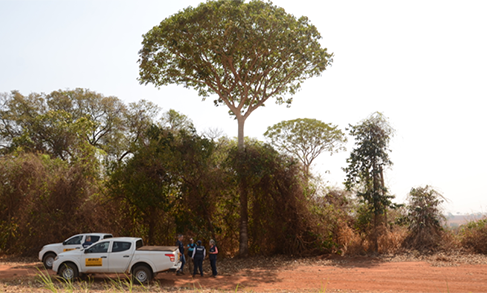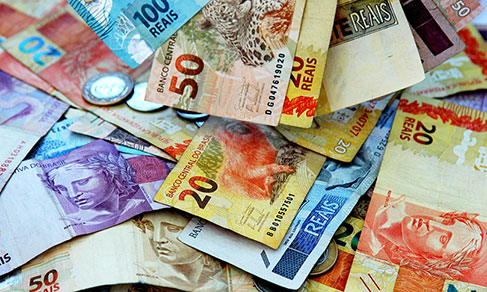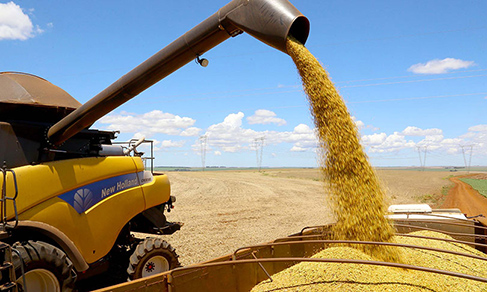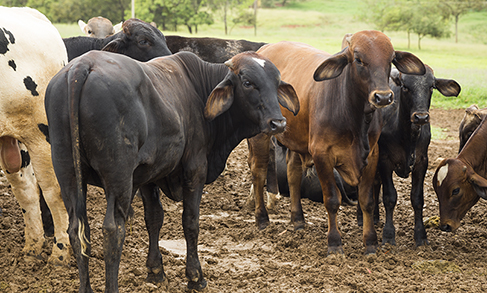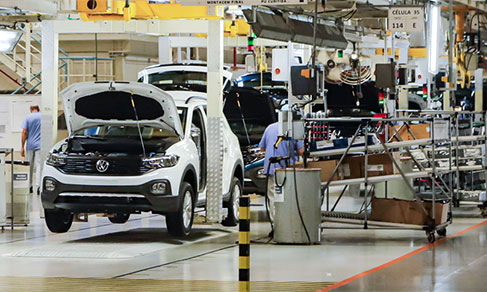Environmental-Economic Accounting
Biomass products represented 9% of electricity in Brazil in 2018
December 09, 2021 10h00 AM | Last Updated: December 09, 2021 05h11 PM
Highlights
- In 2018, the production of electricity from energy products from biomass was of 54.4 thousand GWh, which represented 9% of the total electricity produced in Brazil;
- The most used biomass inputs for the generation of electricity were sugarcane biomass (62.2%), lye (27.0%) and firewood (4.6%);
- The national production of natural energy inputs from biomass corresponded to 91.3 million tonnes of oil equivalent (toe) in 2018;
- The per capita use of firewood by families registered an average growth of 3.7% between 2015 and 2018, when it hit 112.1 kilos per inhabitant;
- The expenditures with energy products from biomass by families added up to R$90.4 billion in 2018, a value that corresponds to 1.5% of the total expenses;
- If we exclude the expenditures with electricity, the weight of the enery products from biomass in the total expenditures with energy products by families was 34.5% in 2018.
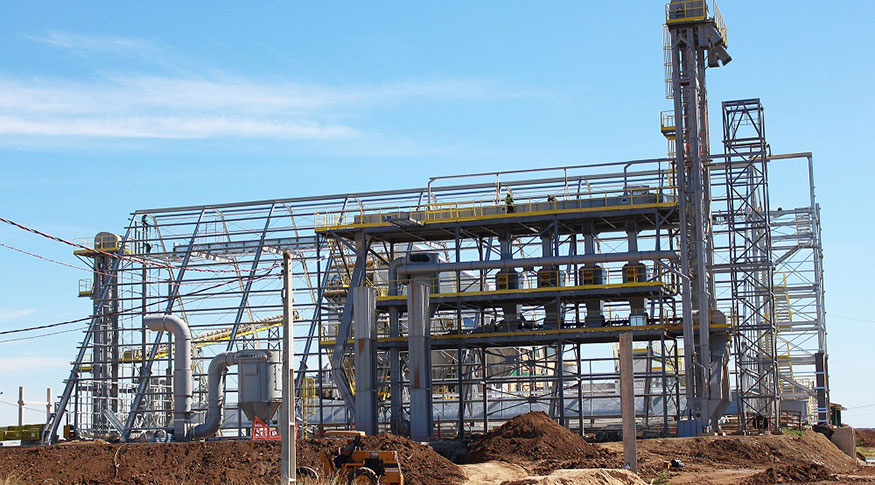
In 2018, the production of electricity from energy products from biomass was of 54.4 thousand gigawatt-hour (GWh), which represented 9% of the total electricity produced in Brazil. The two most used natural inputs for the generation of this type of electricity were sugarcane biomass and lye.
The sum of the production value of the four major energy products from biomass (alcohol, biodiesel, charcoal and firewood) added up to R$84 billion, corresponding to 0.7% of the gross value of the total production of the economy for that year. Alcohol had the highest weight, with 73.9% of the gross value of the production.
This information is from the Environmental-Economic Accounts for Energy: Products from Biomass, published today (9) by the IBGE. The survey is the result of a cooperation between the IBGE and the Energy Research Office (EPE), supported, in its initial steps, by the German Agency for International Cooperation for Sustainable Development (GIZ GmbH), through the Ministry of the Environment. The survey brings information about the resources and uses of energy products from biomass in Brazil.
“It is an important instrument to show the flow of resources and uses of the natural inputs and energy products between the environment and the economy, both in physical and monetary aspects,” explains Michel Lapip, manager of the survey.
The survey shows that the national production of natural energy inputs from biomass was of 91.3 million in 2018. This value represents nearly 30% of the total primary output of energy products in the Brazilian Energy Balance, produced by the Energy Research Office (EPE).
Among the inputs, sugarcane biomass (bagasse, molasses and sugarcane juice), firewood, lye and other energy products from biomass, like biogas, biomass and vegetable oils stood out. The two most used were sugarcane biomass (62.2%), primarily from bagasse, and lye (27%).
According to the survey, the average growth of the production of natural energy inputs from biomass was 1.4% between 2015 and 2018. The output of biodiesel registered the highest average growth in the period (10.7%), followed by lye (6.5%) and alcohol (3.0%). Firewood also increased (0.9%).
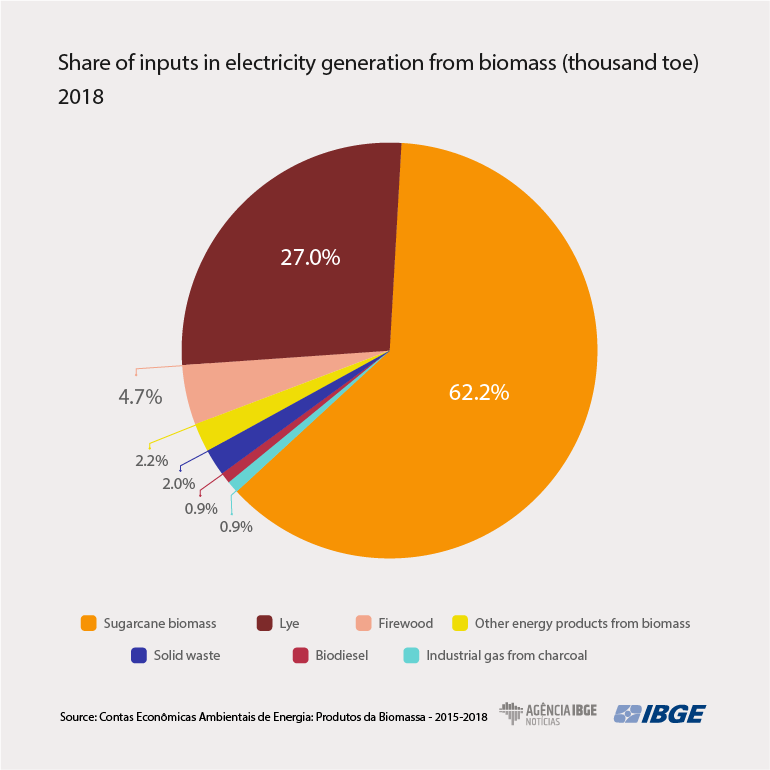
Consumption of firewood by families increased 3.7%
The per capita use of firewood by families recorded an average growth of 3.7% between 2015 and 2018, when it hit 112.1 kilos per inhabitant. Having registered 122.4 liters per inhabitant in 2018, the per capita consumption of alcohol by families fell 0.8% in the period. “Families use alcohol and biodiesel for transportation and firewood and coal for cooking and heating,” illustrates Lapip.
Concerning the share in the use of products, the study shows that alcohol has been more used by families than by economic activities. In 2018, the share of the former group was 82% against 18% of the latter, hitting R$86.2 billion and R$18.9 billion, respectively.
On the other hand, the share in the expenditure with biodiesel by the economic activities was 95.6%, hitting R$16.9 billion, whereas families spent only R$786 million with biodiesel (4.4%). For charcoal and firewood, the survey shows a steep difference between the share in physical terms or in expenditure terms. In 2018, the share of the economic activities for charcoal was 81.0% (R$4.8 billion) in relation to the expenditures and, in terms of physical use, 90.9% (3.6 million toe). For families, it was 19.0% in expenditures against 9.1% in physical use.
In the case of firewood, the share of the economic activities in expenditures was 63.8% (R$4.2 billion) and 71.7% in physical use (18.4 million toe). Families stayed at 36.2% (R$2.4 billion) and 28.3% (7.3 million toe), respectively.
The expenditures with per capita final consumption of families increased for all the energy products from biomass compared with 2015, except for charcoal. The per capita expenditures with biodiesel and firewood increased in all the years of the time series, with an average of 14.4% and 7.9%, respectively.
Expenditures with biomass products by families represent 34.5% of expenses with energy
The expenses with energy products from biomass by families added up to R$90.4 billion in 2018, representing 34.5% of the expenses associated with energy products, except for electricity. The manager of the survey justifies the removal of electricity from the account. “That is an expenditure that we are not able to split the origin. Whenever we use electricity in our house, we do not know how much comes from hydraulic energy or wind energy, and how much comes from sugarcane bagasse,” says Lapip.
Among the products used, alcohol was the one that concentrated the largest parcel of these expenses. Mostly used for transportation, it represented 95.3% of the expenses of families, hitting R$86.2 billion in 2018, whereas biodiesel represented 0.9% of the expenditures of families, with R$800 million. Concerning the expenses of families with charcoal and firewood used for cooking and heating, they added up to R$1.1 billion and R$2.4 billion, respectively.


